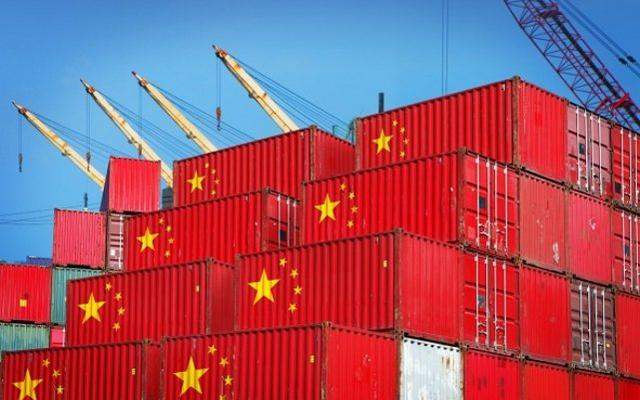The Wall Street Journal reported on the 25th that although the Trump administration imposed tariffs on hundreds of billions of dollars (approximately 370 billion U.S. dollars) of Chinese goods in an attempt to rebuild the U.S. manufacturing base, economic data showed that the U.S. The trade war in China has not reversed the current situation of the decline in US manufacturing. The overall US trade deficit has hit a record high, and jobs have not yet returned to the US.
According to reports, the overall US trade imbalance is greater than before and continues to rise. It has soared to 84 billion US dollars in August, a record high. Part of the reason is that American importers have turned to cheaper sources of goods, such as Vietnam and Mexico.
The article stated that during the epidemic, the trade deficit between the United States and China increased and returned to the level when Trump took office. Another goal of the Trump administration has not been achieved, namely, the return of US manufacturing. Employment growth in the US manufacturing industry started to slow in July 2018, and manufacturing output peaked in December 2018. According to this article, the US tariffs on China are counterproductive.
US Trade Representative Robert Lighthizer declared in an interview that tariffs are “playing the role of bringing manufacturing jobs back to the United States”. The statistics he cited show that from November 2016 to March 2020, the US manufacturing industry added 400,000 jobs, and in March 2020, the new crown epidemic forced a large number of factories to close.

However, about 75% of the manufacturing employment growth occurred before the first round of additional tariffs imposed on China by the United States in July 2018, when the annual growth rate of manufacturing employment peaked and then began to decline. By early 2020, even before the outbreak of the new crown epidemic in the United States, employment growth in the manufacturing industry had stagnated. In the six months ending in March, four of the six months to March were layoffs in US factories.
The US Federal Reserve’s analysis of various industries shows that in the industries that trade with China, tariffs have indeed helped promote employment by 0.3%, because tariffs have protected some domestic industries in the United States from cheaper Chinese imports.
But when the cost of importing parts and components from China increased, these increases were offset, which resulted in a 1.1% decrease in US manufacturing employment. The analysis found that China’s retaliatory tariffs imposed on U.S. exports have reduced U.S. factory jobs by 0.7%.

The article stated that Trump’s substantial increase in tariffs on Chinese goods represents a major turning point in the history of the world economy after World War II. Since World War II, the United States has led rounds of global trade negotiations aimed at reducing tariffs.
Chad Bown, a trade expert at the Peterson Institute for International Economics, said: “Since the Smoot-Hawley tariff during the Great Depression, this is the most tariff method used by the United States. The economic impact will take several years to become apparent.”

It is reported that the Smoot-Hawley Tariff Act in 1930 raised tariffs on more than 20,000 American imports to the highest level in history. After the passage of the bill, many countries imposed retaliatory tariffs on the United States, causing the United States’ imports and exports to plummet by more than 50%.
Some economists believe that the bill was a catalyst that led to a rapid decline in the scale of trade between the United States and Europe from a historical high in 1929 to a historical low in 1932-this recession was accompanied by the beginning of the Great Depression.



